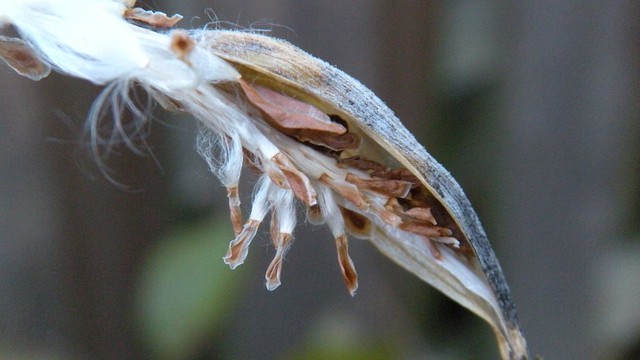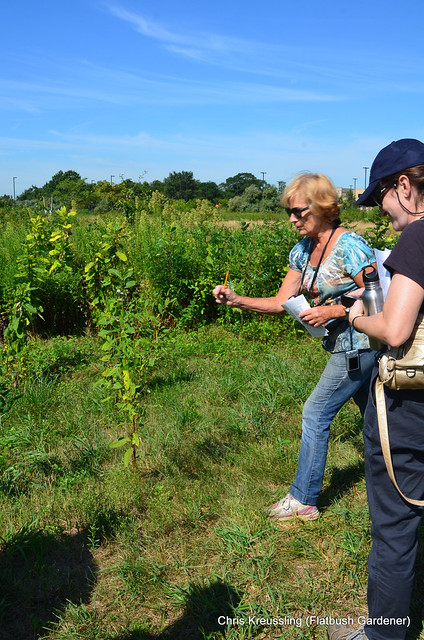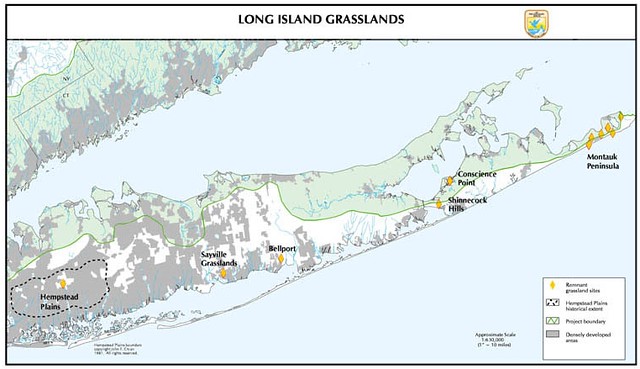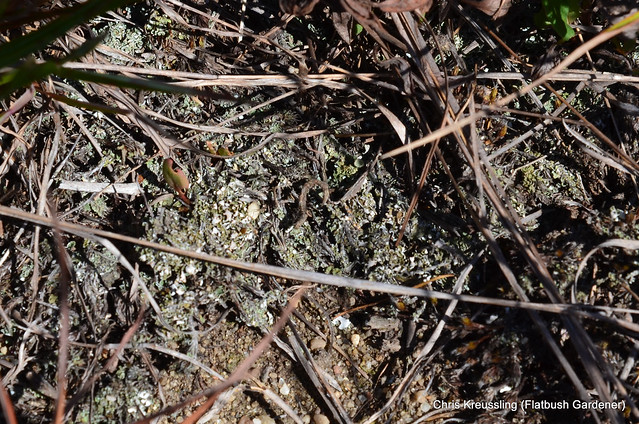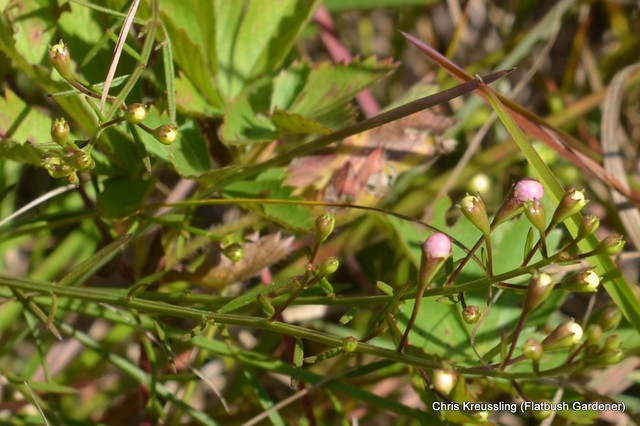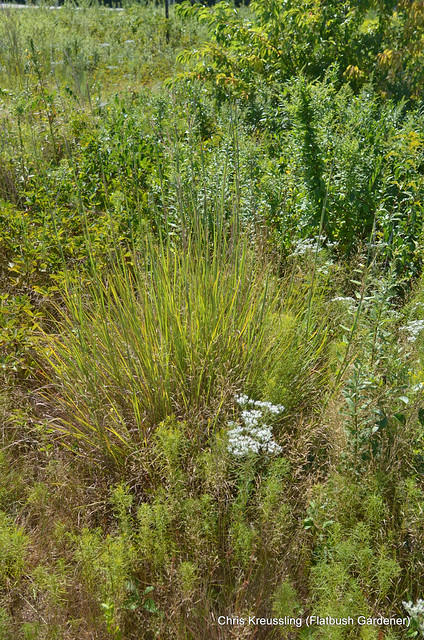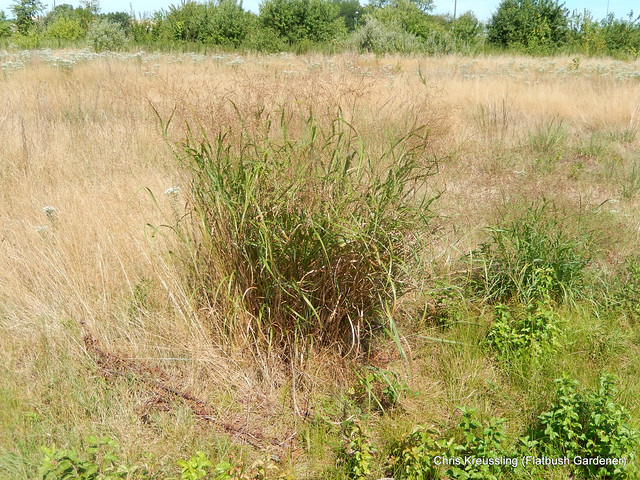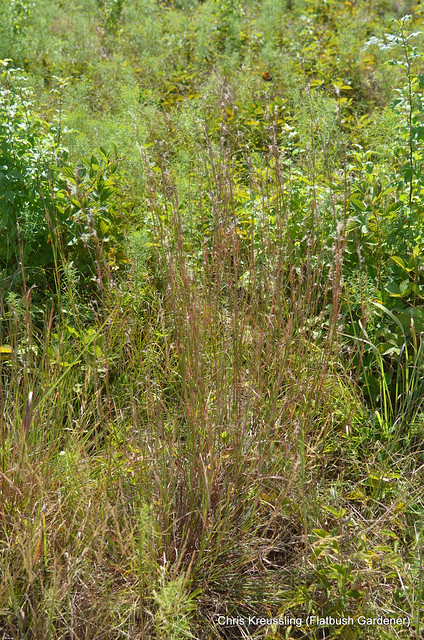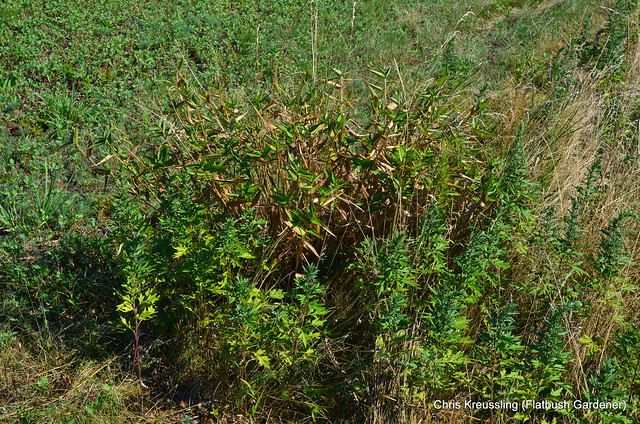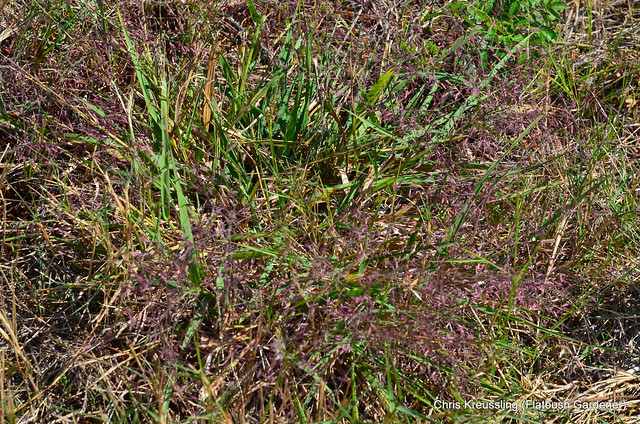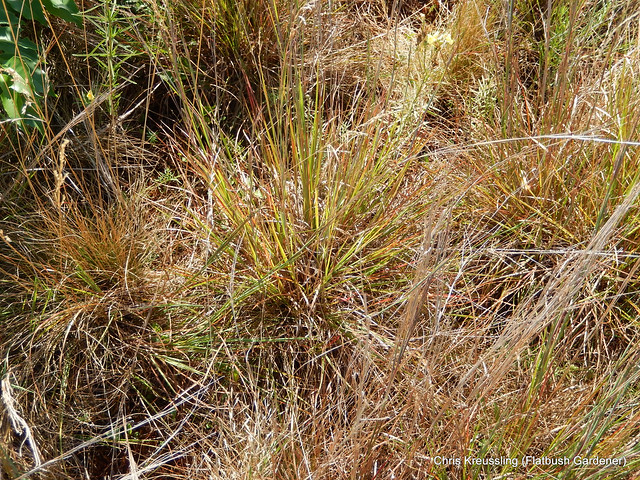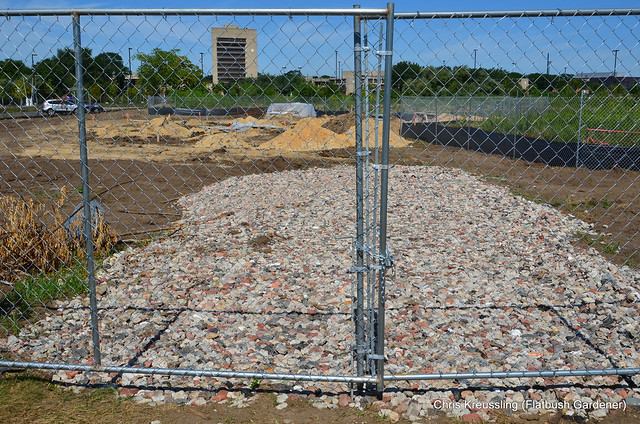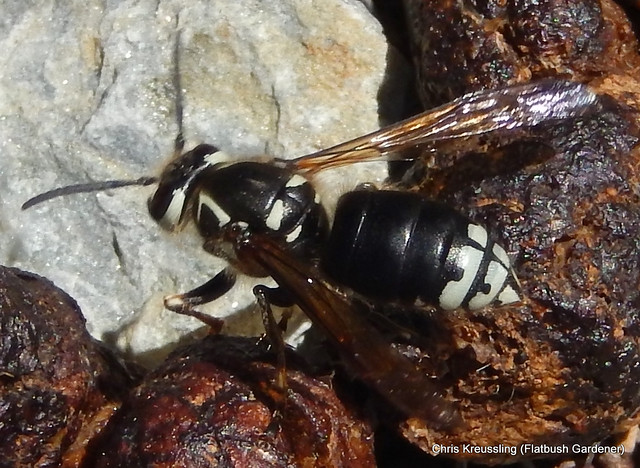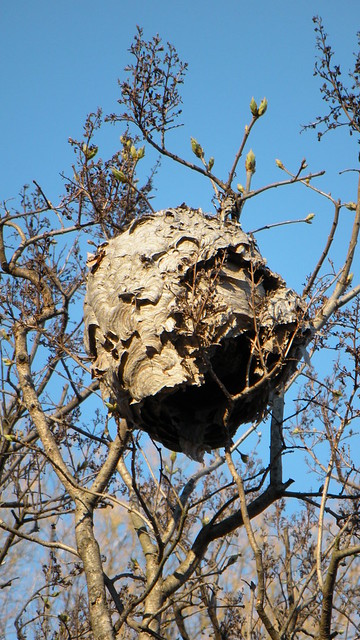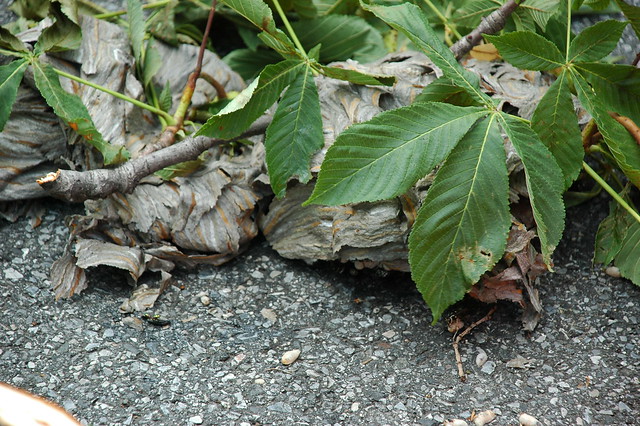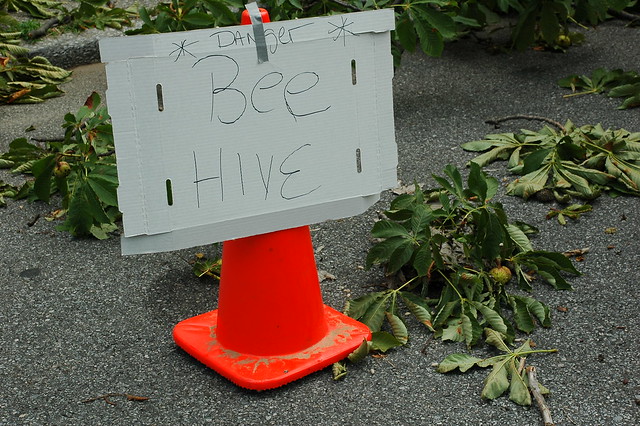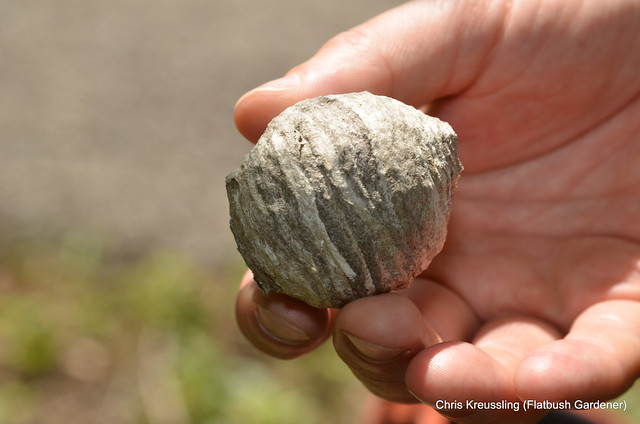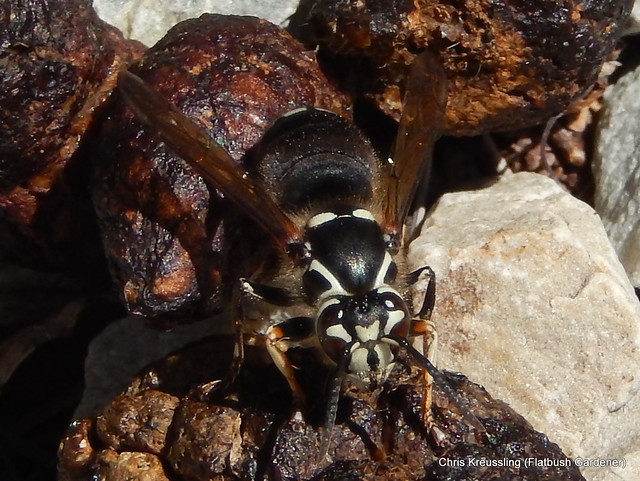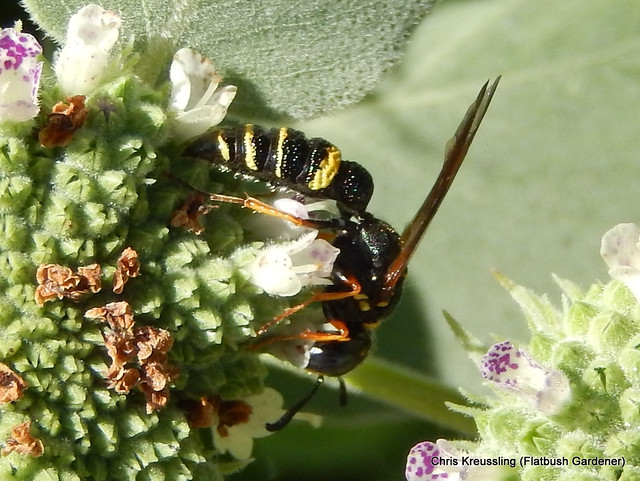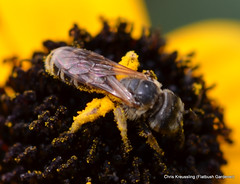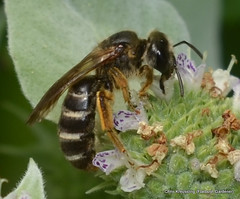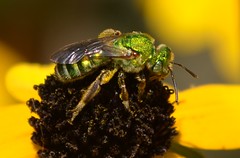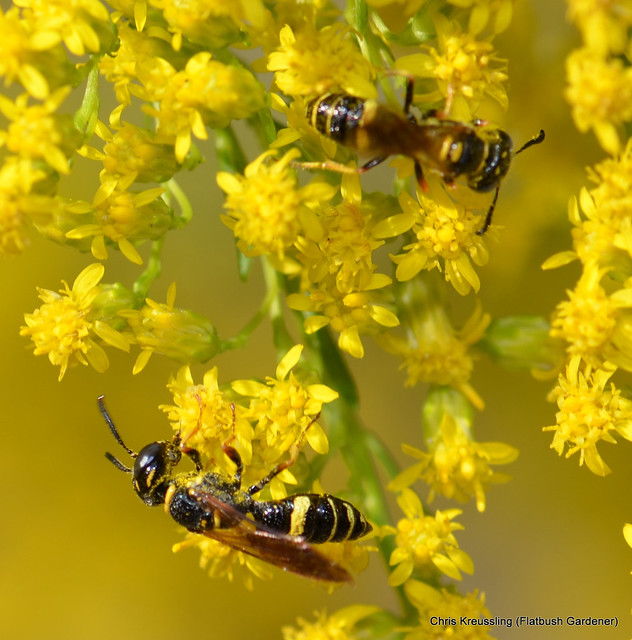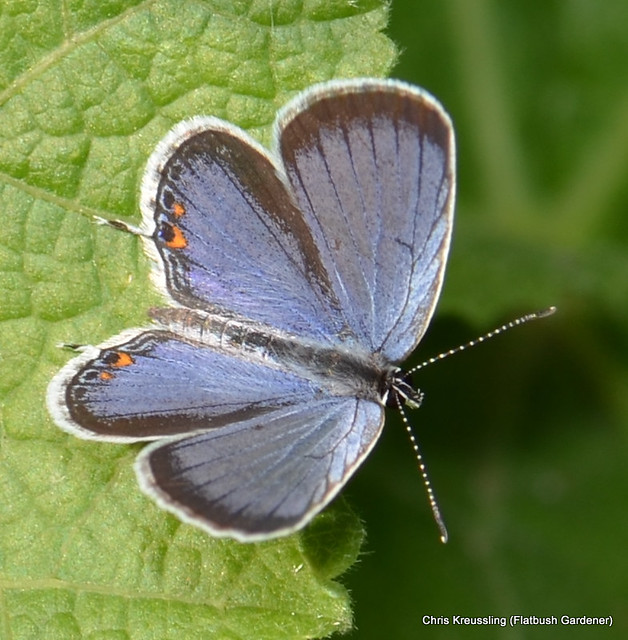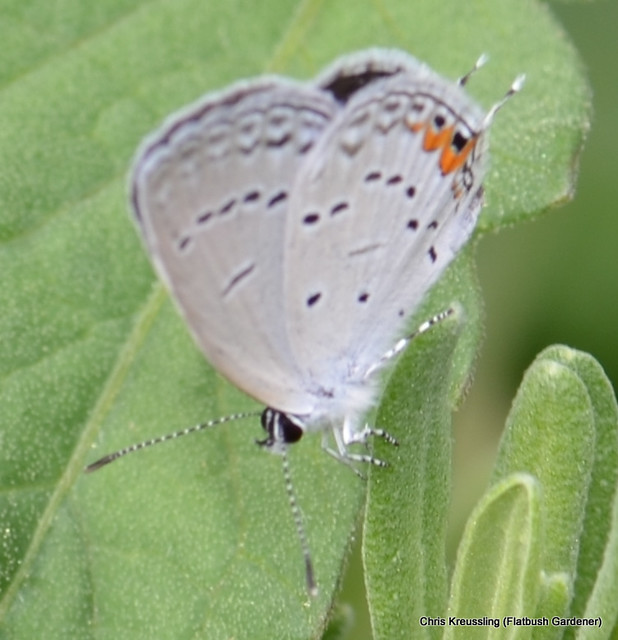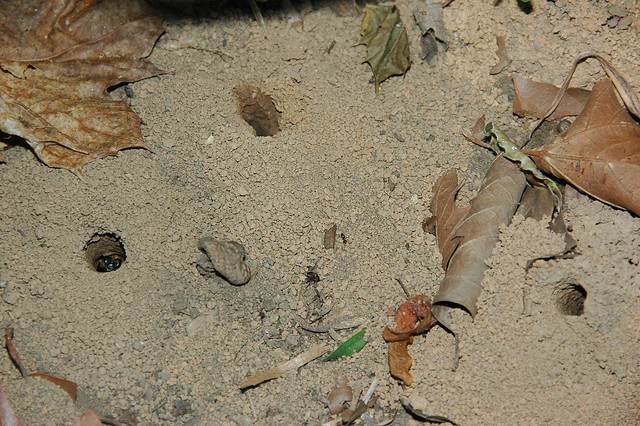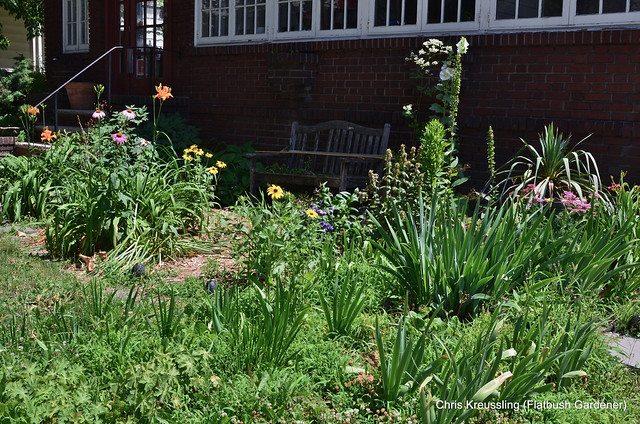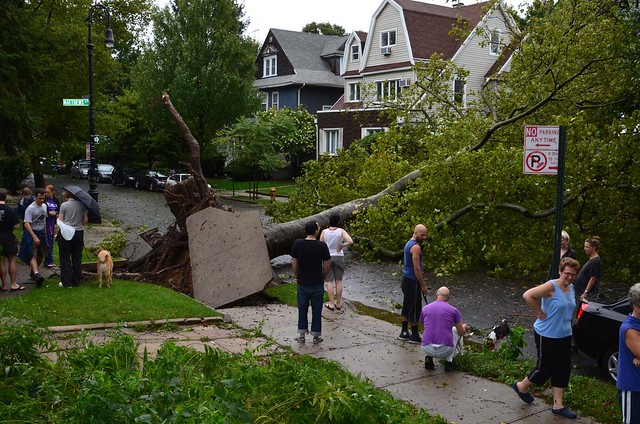After all their protests that eliminating their research staff in August 2013 was not “the end of science” at Brooklyn Botanic Garden, BBG’s Board of Trustees quietly voted at the end of September to change their mission. In contrast to their earlier spin machine, BBG has issued no press release, nor any Message from the President, Scot Medbury, to announce this.
- “Our commitment to scientific research as a fundamental part of the Garden’s mission is unwavering.” – Medbury, Press Release, 2013-09-06
- “Brooklyn Botanic Garden’s commitment to ensuring that scientific research remains a fundamental part of its mission is unwavering” – Medbury, Press Release, 2013-09-12
- “Some of you may have seen news reports or petitions [such as the petition I and others started] suggesting that Brooklyn Botanic Garden has ended its commitment to plant science and research. I am writing today to assure you that this is not the case. Scientific research remains a fundamental part of Brooklyn Botanic Garden’s mission and programs.” – Medbury, “Message from the President” to BBG members, 2013-09-19
- “If anything, this has catalyzed a greater commitment to making scientific research an enduring and fundamental part of our mission.” – Medbury, quoted in the NY Times, 2013-09-22, less than one week before BBG’s officially, and silently, changed its mission.
Turns out that all was, as so many of us have been saying for months, bullshit. Here is the new mission, now published on BBG’s Web site. Neither “Science,” nor even “Horticulture,” appear. The word “research” appears in the closing clause of the mission:
Brooklyn Botanic Garden is an urban botanic garden that connects people to the world of plants, fostering delight and curiosity while inspiring an appreciation and sense of stewardship of the natural world. Both in the Garden and well beyond, BBG inspires people of all ages through the conservation, display, and enjoyment of plants; with educational programs that emphasize learning by doing; and with research focused on understanding and conserving regional plants and plant communities. Approved by the Board of Trustees, September 28, 2013
For reference, here is the previous mission, approved by the Board in 1994, and no longer available on their Web site:
The mission of Brooklyn Botanic Garden is to serve all the people in its community and throughout the world by:
- Displaying plants and practicing the high art of horticulture to provide a beautiful and hospitable setting for the delight and inspiration of the public.
- Engaging in research in plant sciences to expand human knowledge of plants, and disseminating the results to science professionals and the general public.
- Teaching children and adults about plants at a popular level, as well as making available instruction in the exacting skills required to grow plants and make beautiful gardens.
- Reaching out to help the people of all our diverse urban neighborhoods to enhance the quality of their surroundings and their daily lives through the cultivation and enjoyment of plants.
- Seeking actively to arouse public awareness of the fragility of our natural environment, both local and global, and providing information about ways to conserve and protect it.
Adopted October 29, 1994
At its founding a century ago, Dr. Stuart Charles Gager, first Directory of BBG, stated succinctly:
For the advancement of botany and the service of the city.
Neither “botany” nor “service” seem relevant any more.
A Personal Note
Prior to this last round of firings in August 2013, I had remained a supporter of BBG. I am no longer.
BBG had been the largest recipient of my charitable contributions. I have bought books, tools, seends, and gifts in their garden shops. I’ve bought plants at their annual plant sale.
I have supported BBG through social media, through this blog, Facebook, and Twitter. I administered the Flickr BBG Visitor’s Group, when its founder, another BBG supporter, could no longer do it. I organized a meetup of bloggers at BBG in 2008. And I organized a petition to restore science to BBG.
I thought I had been supporting science and botany at BBG. Instead, they diverted my money, my energy, my passion to the shiny baubles of their “Campaign for the Next Century.” They have made it clear they no longer need my support, even if they still want my money.
My passion remains. I’m just redirecting it to where it will not be betrayed.
Related Content
Brooklyn Botanic Garden’s Slash and Burn “Campaign for the 21st Century”, 2013-08-23
Sign the Petition to Restore Science to Brooklyn Botanic Garden, 2013-09-16
My Guest Post on Garden Rant:Brooklyn Botanic Garden Shuts Down Science Department, 2013-10-05
The Plight of NYC’s Native Flora, 2010-04-08
The Brooklyn Blogade at the Brooklyn Botanic Garden, 2008-10-12
Web Resource: New York Metropolitan Flora Project (NYMF), 2008-06-02
All my Brooklyn Botanic Garden blog posts
Links
Reports:
Botanic Garden’s celebrated plant research center wilts under layoffs, NY Daily News, 2013-08-28
Brooklyn Botanic Garden Cuts Science Staff Weeks After Native Garden Debut, DNAInfo, 2013-08-23
Reactions:
Softball Practice: Part 1: When an Organization Undermines Its Own Mission, 2013-08-24; Part 2: Follow up to “When an Organization Undermines . . .”, 2013-08-29
BBG Purge, Backyard and Beyond, 2013-08-23
Brooklyn Botanic Garden suspends science program, Kent Holsinger, 2013-08-23
Background:
Brooklyn Botanic Garden Names New President, Press Release, published on BGCI Web site, 2005-08-15
Brooklyn Botanic Garden
Brooklyn Botanic Garden Announces Interim Herbarium Plans, 2013-09-12
BBG Announces Plan to Reenvision Research Program, 2013-09-06
Brooklyn Botanic Garden Announces Suspension of Research Program, 2013-08-28
Note: BBG PULLED this press release when they decided they were “re-envisioning,” not “suspending.”
Campaign for the Next Century
Herbarium
Herbarium Course at BBG, 2012-08-10
Herbarium Receives Historic Collection, 2012-05-31
New York Metropolitan Flora Project (NYMF)
BBG’s 2013-09-06 Press Release:
In late August, Brooklyn Botanic Garden announced plans to put its research program on hiatus while it grapples with an engineering problem in its science building and formulates a plan for a new research direction in plant conservation.
Garden president Scot Medbury said, “Our commitment to scientific research as a fundamental part of the Garden’s mission is unwavering. We will use this transition period to refine the focus of our research program and strengthen its base of financial support.”
During the hiatus, the Garden is taking proactive steps to protect its valuable herbarium from a failing building foundation and will limit herbarium access to qualified researchers while planning to relocate the collection.
“BBG has successfully reimagined its research programs several times in its hundred-year history, and this is another such juncture,” said Medbury.
BBG’s 2013-09-12 Press Release:
Brooklyn Botanic Garden (BBG) today announced a new collaboration offered by The New York Botanical Garden (NYBG) during a period of planning and construction affecting access to the Brooklyn Botanic Garden Herbarium.
In late August, engineering problems affecting the foundation at Brooklyn Botanic Garden’s off-site science center led to a phased closure of that building and consequent access restrictions to its herbarium, the collection of 330,000 pressed, dried plant specimens housed there. While planning gets under way to relocate the BBG Herbarium (BKL), BBG will remain focused on the care of its herbarium collections, maintaining one part-time and two full-time staff members, including its director of collections, Tony Morosco, an eight-year veteran of the University of California’s Jepson Herbarium during a similar period of transition. As part of the new collaboration, science staff from NYBG’s William and Lynda Steere Herbarium will provide additional monitoring and support for the BKL during BBG’s planning phases. BBG’s important subcollection of herbarium type specimens will be temporarily moved to NYBG to facilitate researcher access. NYBG will also help process the return of loans made to other institutions from the BKL and assist with future loan requests. In addition, plans are in progress to transfer the BKL database to NYBG, where it will become a subunit of NYBG’s C.V. Starr Virtual Herbarium.
“Brooklyn Botanic Garden’s commitment to ensuring that scientific research remains a fundamental part of its mission is unwavering,” said Scot Medbury, president of BBG. “We are deeply grateful to The New York Botanical Garden for their generous technical support while we undergo a major transition.”

